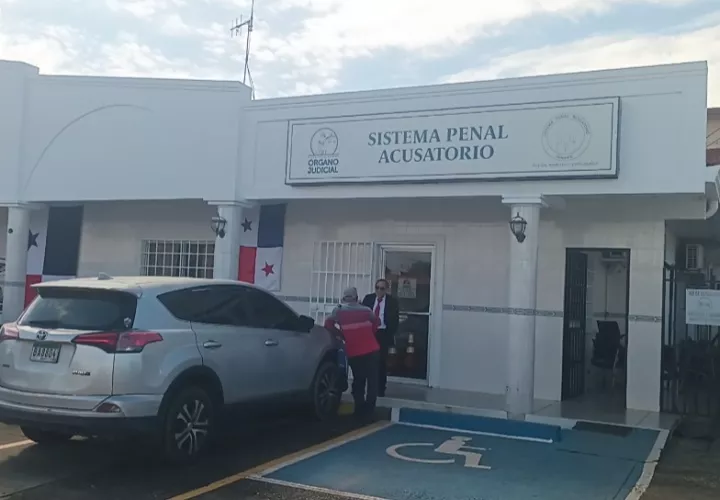HEALTH WATCH: Yellow fever rising but booster shot not needed

The ten-year yellow fever ‘booster’ vaccination is no longer needed, according to the World Health Organization (WHO).
This is important news for yellow fever endemic countries and travelers. There are an estimated 200,000 cases of yellow fever each year.

WHO’s Strategic Advisory Group of Experts on immunization (SAGE) has reviewed the latest evidence and concluded that a single dose of vaccination is sufficient for life-long immunity against yellow fever. The report can be found in WHO’s Weekly Epidemiological Record (WER).
“The conventional guidance has been that the yellow fever vaccination has had to be boosted after ten years,” says Dr Helen Rees, chair of SAGE. “Looking at really very good evidence, it was quite clear to SAGE that in fact a single dose of yellow fever vaccine is effective. This is extremely important for countries where yellow fever is endemic, because it will allow them to reconsider their vaccine scheduling. It is also important for travellers.”
Yellow fever is a viral disease that is transmitted by infected mosquitos. The number of people infected with yellow fever has been on the increase throughout Africa, the Americas and several Caribbean islands. Yellow fever has emerged as a serious public health problem once again.
Yellow fever gets its name from two of its most obvious symptoms: fever and yellowing of the skin. The yellowing occurs because the virus can damage the liver and other internal organs. Infection causes a wide spectrum of sickness, from mild symptoms to severe illness and death.
Yellow fever is often very difficult to accurately diagnose. It is often confused with severe malaria, dengue hemorrhagic fever, viral hepatitis and other viruses such as West Nile, Zika virus as well as other hemorrhagic conditions.
The first symptoms of the disease usually appear 3 to 6 days after being infected. Initial symptoms include fever, muscle pain, headache, shivers, loss of appetite, nausea and vomiting. These symptoms disappear after 3 to 4 days in most patients.
About 15 per cent of patients enter a second, more toxic phase of yellow fever. This phase is characterized by the rapid development of yellow skin, abdominal pain and vomiting. Bleeding can occur from the mouth, nose and eyes. Internal bleeding often becomes visible through bloody vomit and feces.
There is no cure for yellow fever and any treatments are aimed to reduce dehydration, respiratory distress and fever. Fatality rates for reported cases range from 15 to 50 per cent.
“At present, 33 countries, with a combined population of 468 million, are at risk in Africa. In the Americas, yellow fever is endemic in ten South American countries and in several Caribbean islands. Bolivia, Brazil, Colombia, Ecuador and Peru are considered at greatest risk,” says the WHO.
Vaccination is considered to be the most important and effective measure against yellow fever. Immunity develops within 30 days for 99 per cent of people receiving the vaccination.
Since the yellow fever vaccination was first introduced in the 1930s, only 12 known cases of yellow fever post-vaccination have been identified. Over 600 million doses have been effectively dispensed and utilized.
People who are not recommended to be vaccinated include children aged less than 9 months, pregnant women and people with severe immune system impairment due to symptomatic HIV/AIDS.
Dr Cory Couillard is an international healthcare speaker and columnist .He works in collaboration with the World Health Organization's goals of disease prevention and global healthcare education. Views do not necessarily reflect endorsement.





